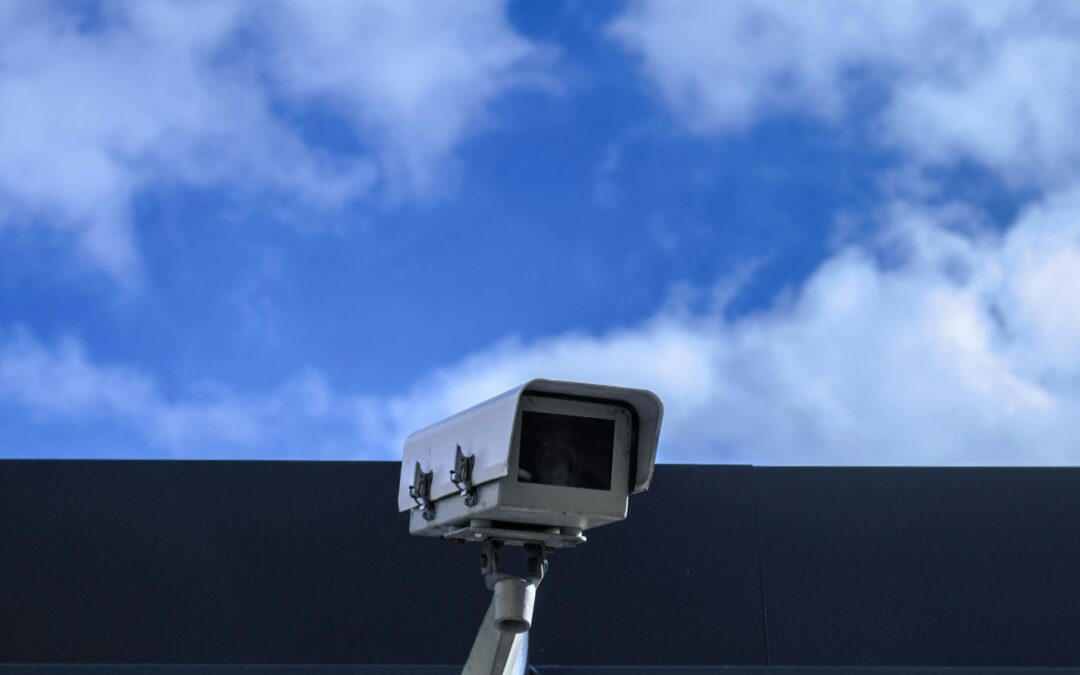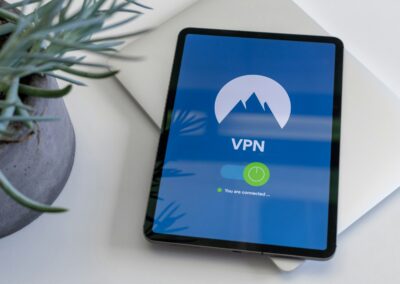Implementing Zero Trust Security Models for Enhanced Cybersecurity
The Fundamentals of Zero Trust Security Models
The implementation of zero trust security models represents a paradigm shift in cybersecurity. Unlike traditional security frameworks that rely on perimeter defenses, zero trust models operate on the principle of “never trust, always verify.” This approach ensures continuous verification and authentication of users and devices, regardless of their location within or outside the organizational network. This method is particularly relevant for regions such as Saudi Arabia and the UAE, where digital transformation is rapidly advancing. By adopting zero trust security models, organizations can enhance their defenses against sophisticated cyber threats, ensuring the protection of critical assets and sensitive information.
Continuous Verification and Authentication
At the core of zero trust security models is the concept of continuous verification and authentication. Every access request is treated as potentially malicious until proven otherwise. This involves verifying the identity of users and devices through multi-factor authentication (MFA), biometric scans, and behavioral analytics. Continuous monitoring ensures that any anomalies or deviations from established patterns are immediately flagged and investigated. This level of scrutiny is essential for protecting organizations in high-stakes environments, such as those in Riyadh and Dubai, where cybersecurity breaches can have significant repercussions on business operations and national security.
Case Study: Zero Trust in the UAE’s Cybersecurity Framework
The UAE has been at the forefront of adopting cutting-edge cybersecurity measures, including zero trust security models. Government agencies and private enterprises alike have implemented these models to safeguard their digital ecosystems. For example, the Dubai Electronic Security Center (DESC) employs zero trust principles to protect critical infrastructure. By requiring continuous verification and authentication, DESC can prevent unauthorized access and mitigate potential threats in real time. This proactive approach not only enhances cybersecurity but also supports the UAE’s vision of becoming a global leader in technology and innovation.
Benefits and Challenges of Zero Trust Security Models
Enhancing Business Security and Success
Zero trust security models offer numerous benefits that contribute to business success. By ensuring continuous verification and authentication, organizations can significantly reduce the risk of data breaches and cyber-attacks. This leads to greater trust among customers and stakeholders, enhancing the company’s reputation and competitive edge. Additionally, zero trust models support regulatory compliance by providing comprehensive audit trails and robust security measures. In regions like Saudi Arabia, where regulatory frameworks are evolving to keep pace with technological advancements, zero trust security can help businesses navigate complex compliance requirements while maintaining high security standards.
Challenges in Implementing Zero Trust Security
Despite its advantages, implementing zero trust security models presents several challenges. One of the primary obstacles is the complexity of integrating zero trust principles with existing IT infrastructure. This requires significant investments in technology and expertise. Additionally, continuous verification and authentication can create friction for users, potentially impacting productivity and user experience. Organizations must balance security with usability to ensure that security measures do not hinder business operations. In dynamic business environments like those in Dubai and Riyadh, achieving this balance is critical for successful zero trust implementation.
Executive Leadership and Zero Trust Adoption
Executive leadership plays a crucial role in the adoption and success of zero trust security models. Leaders must prioritize cybersecurity as a strategic objective and allocate the necessary resources for technology deployment and staff training. This includes investing in executive coaching services to ensure that leadership teams are knowledgeable about the latest cybersecurity trends and best practices. In regions like the UAE and Saudi Arabia, where leadership commitment to digital transformation is strong, executive support is vital for driving the adoption of zero trust security models. By fostering a culture of security and continuous improvement, leaders can enhance their organization’s resilience against cyber threats.
Future Trends and Developments in Zero Trust Security
The Role of Artificial Intelligence in Zero Trust Security
Artificial Intelligence (AI) is poised to play a significant role in the evolution of zero trust security models. AI-driven systems can enhance continuous verification and authentication by analyzing vast amounts of data to identify anomalies and potential threats. Machine learning algorithms can adapt to new threat patterns, providing organizations with dynamic and responsive security measures. In high-tech hubs like Riyadh and Dubai, integrating AI with zero trust security models can further strengthen cybersecurity defenses, ensuring robust protection against sophisticated cyber-attacks.
Blockchain and the Future of Zero Trust Security
Blockchain technology offers promising applications for zero trust security models. By leveraging blockchain’s decentralized and immutable nature, organizations can create secure and transparent verification processes. Blockchain can enhance identity management, ensuring that user credentials are securely stored and verified without the risk of tampering. In regions like Saudi Arabia and the UAE, where blockchain adoption is gaining momentum, integrating blockchain with zero trust security models can provide a robust framework for protecting digital assets and maintaining trust in digital transactions.
Preparing for the Metaverse and Zero Trust Security
As the Metaverse evolves, zero trust security models will become increasingly important for protecting virtual environments. The Metaverse presents unique security challenges, as it involves vast, interconnected digital spaces where users interact and conduct transactions. Implementing zero trust principles in the Metaverse will require continuous verification and authentication of users and devices to prevent unauthorized access and ensure the integrity of virtual assets. For regions like the UAE and Saudi Arabia, staying ahead of these trends is crucial for maintaining a secure and innovative digital ecosystem.
Conclusion
The adoption of zero trust security models is essential for modern organizations seeking to enhance their cybersecurity posture. By ensuring continuous verification and authentication, zero trust models provide robust protection against evolving cyber threats. In regions like Saudi Arabia, the UAE, Riyadh, and Dubai, where digital transformation is a priority, implementing zero trust security is critical for safeguarding critical infrastructure and ensuring business success. Executive leadership’s commitment to these technologies, combined with ongoing innovation and investment, will drive the future of cybersecurity, providing organizations with the resilience needed to thrive in an increasingly digital world.
#ZeroTrustSecurity #Cybersecurity #ContinuousVerification #UserAuthentication #SaudiArabia #UAE #Riyadh #Dubai #ArtificialIntelligence #Blockchain #TheMetaverse #ExecutiveCoaching #GenerativeAI #ModernTechnology #BusinessSuccess #LeadershipSkills #ProjectManagement























